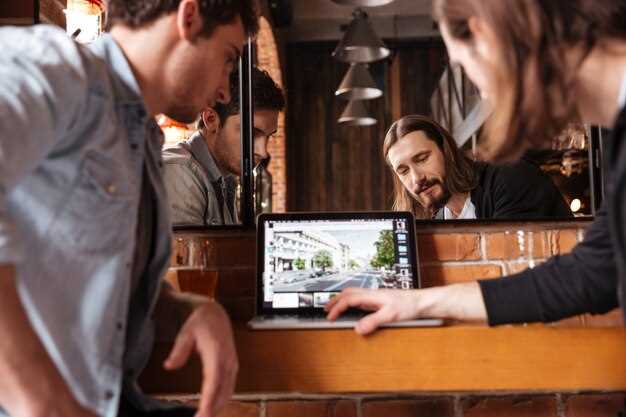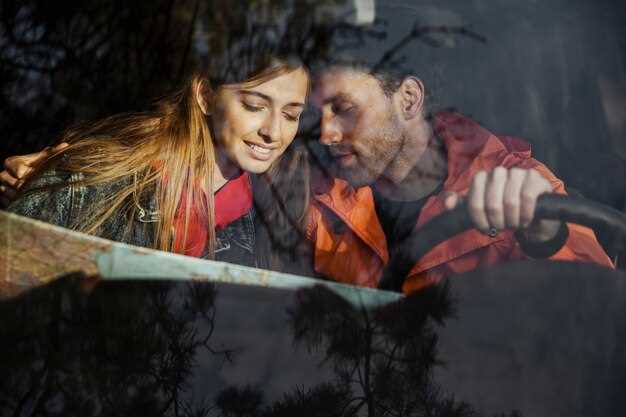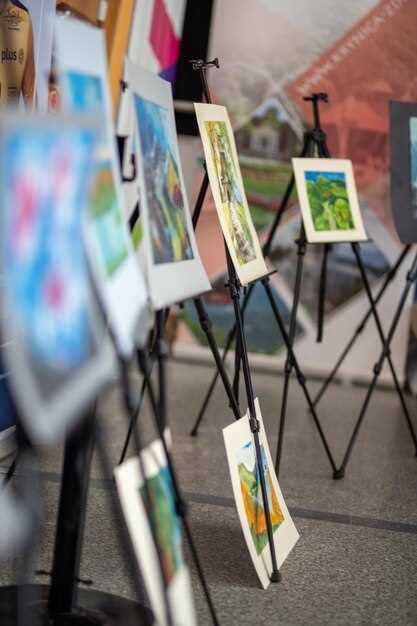
In today’s fast-paced digital world, capturing the essence of auto events is crucial for both enthusiasts and marketers alike. A well-crafted photo gallery serves as a powerful tool to showcase not only the stunning cars on display but also the excitement and atmosphere surrounding these events. By transforming ordinary snapshots into a captivating visual narrative, photographers can connect with their audience on a deeper level.
When constructing a gallery from an auto event, it’s important to consider elements such as composition, lighting, and storytelling. Each image should not only highlight the beauty of the vehicles but also convey the energy and excitement experienced by attendees. This can be achieved by incorporating diverse angles, candid moments, and detailed shots that invite viewers to immerse themselves in the automotive experience.
Engaging photo galleries not only celebrate the artistry of car design but also foster a community around a shared passion for automobiles. By sharing these stunning visuals, event organizers and participants can effectively promote future gatherings, attract sponsors, and build lasting connections within the automotive world. This article will explore key strategies to elevate your photo galleries and ensure they leave a lasting impression.
Choosing the Right Equipment for Capturing Car Events

When it comes to capturing car events, having the right equipment is essential for creating a stunning photo gallery that showcases the beauty and excitement of automobiles. Start with a high-quality digital camera that allows for rapid autofocus and excellent low-light performance. DSLRs and mirrorless cameras are both great options, providing versatility and superior image quality.
Next, consider the lenses you will need. A wide-angle lens can help capture the grandeur of car displays and events, while a telephoto lens is perfect for snapping close-ups of cars in motion or during races. Opt for a lens with a fast aperture to ensure you can shoot effectively in varying lighting conditions.
Tripods and monopods can enhance stability, especially for longer exposures or when capturing dynamic scenes. Image stabilization features, whether built into the camera or lens, will also help create sharper images. Additionally, using polarizing filters can reduce glare and enhance the colors of the vehicles, making your photos more vibrant.
Don’t forget about sound. Microphones or audio recorders can capture the thrilling engine sounds of cars in motion, adding an immersive element to your gallery when presented online. Lastly, invest in ample storage memory cards to ensure you can shoot without worrying about running out of space during the event.
Techniques for Highlighting Key Moments in Auto Photography

Creating an engaging gallery from an auto event requires a keen eye for detail and the ability to capture moments that resonate with viewers. The following techniques can help you highlight key moments in your automotive photography:
- Timing and Anticipation: Understand the flow of the event. Anticipate actions such as races, stunts, or pit stops. Being in the right place at the right time ensures you capture the most exhilarating moments.
- Use of Angles: Experiment with different angles to showcase the car’s design and performance. Low angles can create a dynamic sense of speed, while overhead shots may highlight the event’s layout.
- Action Shots: Focus on getting the cars in motion, whether it’s speeding down a track or drifting around a turn. Burst mode can help you capture multiple frames in rapid succession, ensuring you don’t miss the pinnacle of action.
In addition to capturing action, consider the context in which the cars are displayed:
- Environmental Context: Include surroundings to give viewers a sense of the event atmosphere. Cars at a race track may ignite excitement, while those in a serene location may evoke a sense of tranquility.
- Interactions: Capture moments between drivers, fans, and the cars. Close-ups of reactions, such as excitement or concentration, can add depth to your gallery.
- Details Matter: Highlight specific features of the cars, such as unique designs, textures, and mechanics. Close-up shots of wheels, engines, or custom paint jobs can be very engaging.
Lastly, editing plays a crucial role in enhancing your gallery:
- Color Balance: Ensure that colors are vibrant and true to life, making the cars pop against their backgrounds.
- Highlighting Motion: Use techniques such as motion blur to illustrate speed, while maintaining clarity in the car itself.
- Consistent Styling: Maintain a consistent editing style throughout your gallery. This cohesiveness helps to create a professional look and feel.
Implementing these techniques will not only elevate your photo gallery but also capture the thrilling essence of auto events, allowing viewers to experience the excitement from start to finish.
Best Practices for Organizing and Displaying Photo Galleries Online
When creating an engaging online gallery focused on auto events, organization and presentation are crucial for keeping viewers interested. Start by categorizing your photos based on specific themes, such as event type, car make, or competition results. This allows visitors to navigate the gallery easily, enhancing their overall experience.
Utilize high-quality images to showcase the cars on display. Ensure that each photo is well-lit and captures the essence of the vehicles, highlighting their design and features. Poor-quality images can detract from the overall appeal of the gallery, so invest time in selecting the best shots.
Incorporate descriptive captions for each photo, providing context and details about the car, such as its model year, specifications, or achievements during the event. This additional information enriches the viewer’s understanding and engagement with the content.
Consider using a grid layout to present your photos. This format allows for efficient use of space, making it easier for users to browse through an extensive collection. A clean, organized layout helps to keep the focus on the cars, rather than distracting users with overly complicated designs.
Introduce a lightbox feature that enables viewers to click and enlarge images without leaving the gallery. This interaction helps maintain the viewer’s immersion, allowing for a more intimate look at the details of each car.
Finally, ensure that your photo gallery is optimized for mobile devices. A significant portion of users will access your site from smartphones or tablets, so responsive design is essential. Test your gallery on various devices to ensure a seamless viewing experience, regardless of screen size.





